GMAO and NCCS Support Winter–Spring 2018 Field Campaigns
July 10, 2018From studying Earth to contributing to a future Mars mission, Winter–Spring 2018 field campaigns benefitted from forecast support by the Global Modeling and Assimilation Office (GMAO) and the NASA Center for Climate Simulation (NCCS).
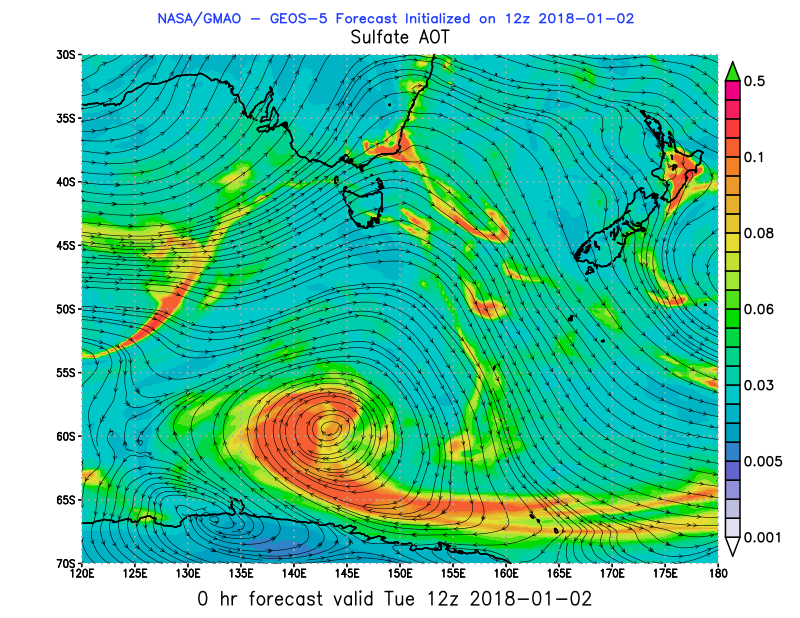

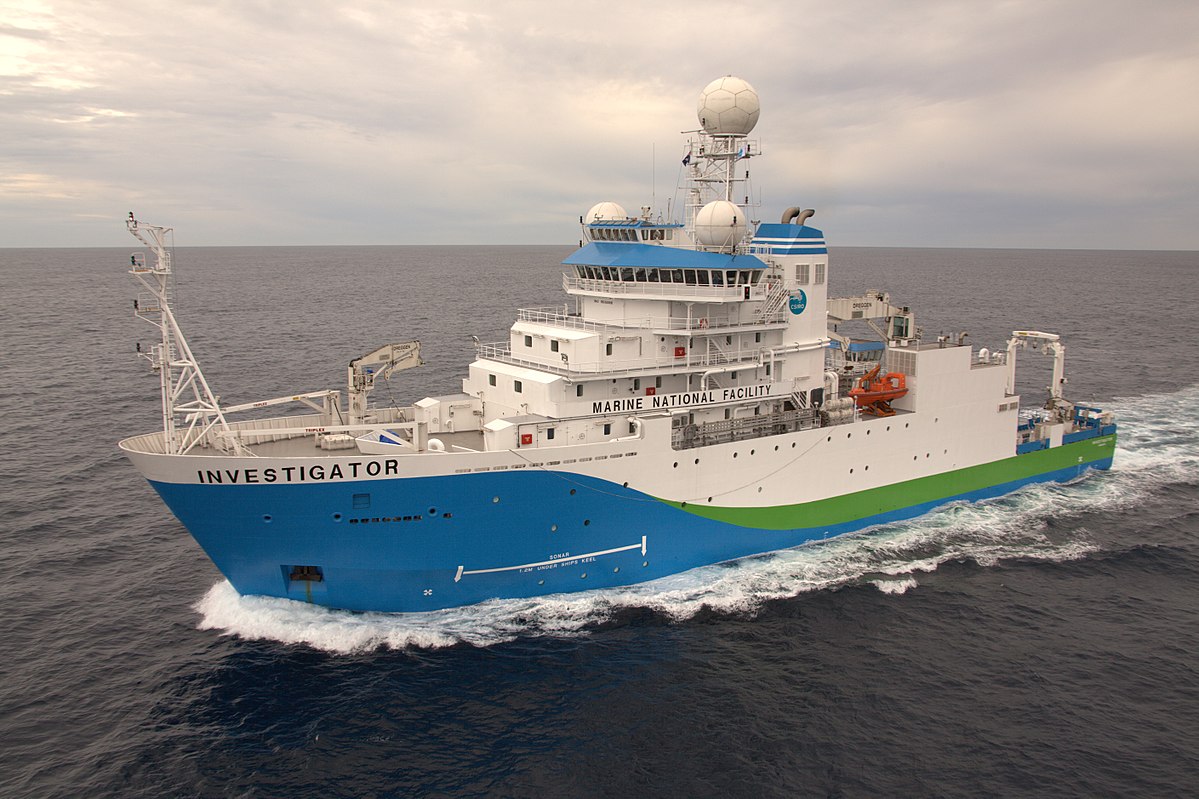
For SOCRATES, a data portal provides forecasts of sulfates and other aerosols for aircraft and ship deployment.
SOCRATES (Southern Ocean Cloud, Radiation, Aerosol Transport Experimental Study)
Jan 10, 2018–Mar 10, 2018
Regionally focused weather and aerosol forecasts assisted this Hobart, Tasmania, Australia-based campaign using National Science Foundation//National Center for Atmospheric Research HIAPER Gulfstream V aircraft flights and Australian R/V Investigator ship voyages to better understand clouds, aerosols, air-sea exchanges, and their interactions over the Southern Ocean.
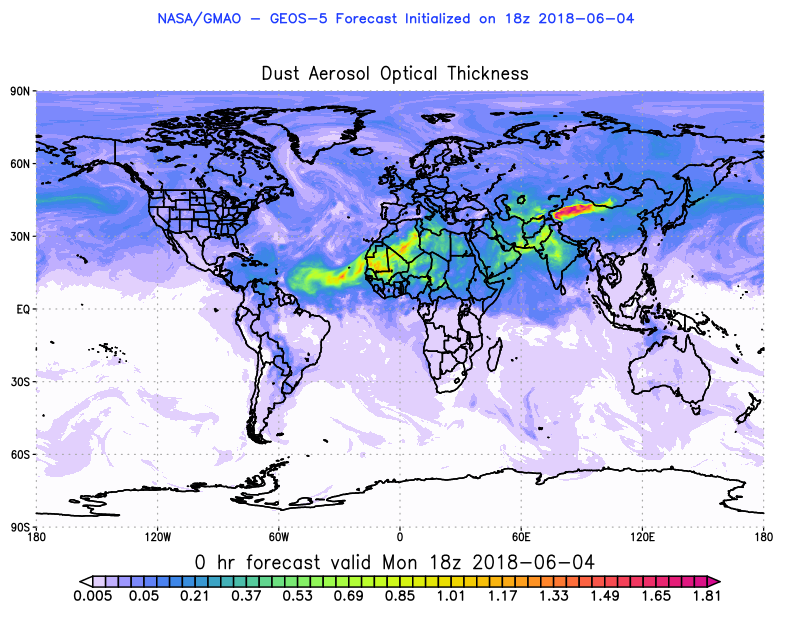
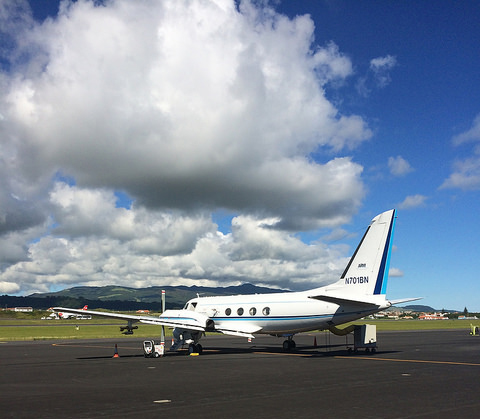
For ACE-ENA 2018, global forecasts of dust and other aerosols help guide research aircraft flights
ACE-ENA 2018 (Aerosol and Cloud Experiments in Eastern North Atlantic)
Jan 11, 2018–Feb 20, 2018
For a second year, global aerosol forecasts complemented Gulfstream-159 (G-1) research aircraft flights measuring key aerosol and cloud processes under a variety of meteorological and cloud conditions.

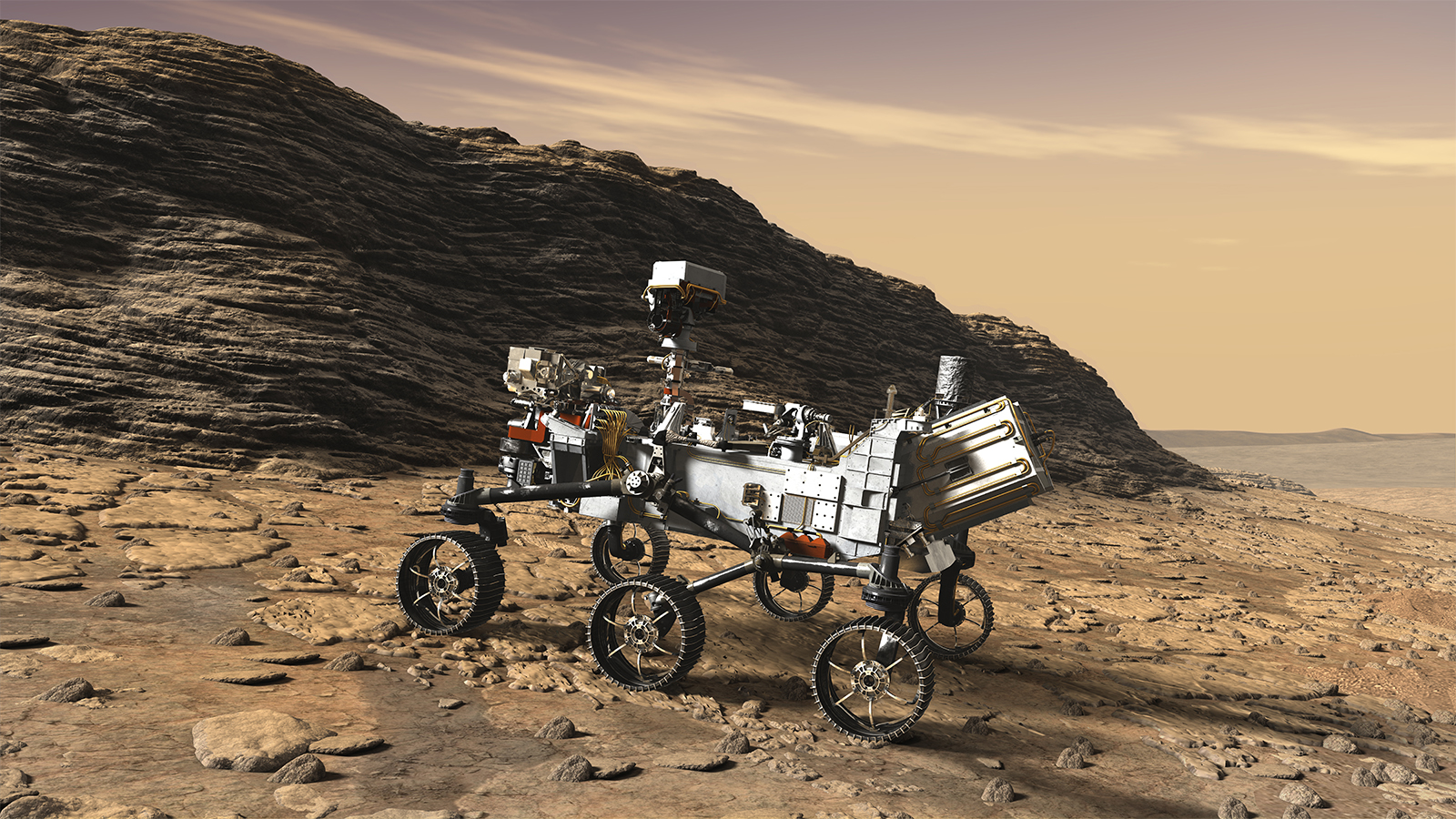
For ASPIRE, stratosphere forecasts support sounding rocket launches to test supersonic parachutes for landing the Mars 2020 rover.
ASPIRE (Advanced Supersonic Parachute Inflation Research Experiments)
Mar 12, 2018–Apr 07, 2018
Stratosphere forecasts supported continuing Wallops Flight Facility sounding rocket launches to test supersonic parachutes for landing future NASA missions on Mars, such as the Mars 2020 rover.
GMAO GEOS Forward-Processing (FP) model forecasts run four times per day using up to 8,400 cores on the NCCS Discover supercomputer. The NCCS provides forecast data access through HTTPS, NetCDF, and OPeNDAP, including maps customized by the GMAO for each mission.
“GMAO field campaign support is accomplished with the computationally expensive GEOS FP system, running in near real-time,” said Rob Lucchesi, GMAO scientific programmer. “This requires immediately available computing resources as well as special consideration and attentiveness by our NCCS partners for scheduling maintenance, upgrades, and other activities that might affect the timeliness of the forecasts.”


